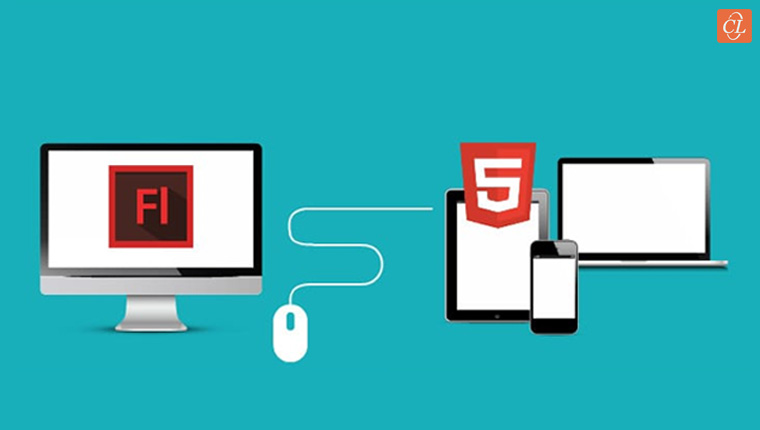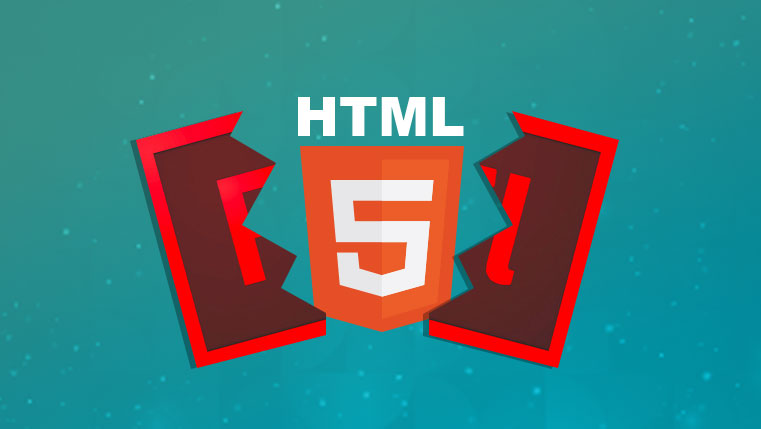HTML5 in E-learning – Signaling the End of the Flash Player
For years, the Flash Player was used to access e-learning courses. However, in recent years, it has lost its dominant position to HTML5. Find out why.

For years, the Flash Player reigned supreme in the world of e-learning. This powerful software enabled learners to access online courses with stunning visuals, wonderful animations, and learning interactivities. It seemed that the Flash Player was destined to rule the technology-enabled learning world. However, all that changed with the statement of one person – Steve Jobs, who declared in 2010 that iOS, Apple’s mobile operating system would not support the Flash Player.
Jobs’ statement had serious ramifications for the web-based learning world. Apple’s products, the iPhone and the iPad, had (and continue to have) a large share of the mobile device market. This means that many learners could not access online learning on mobile devices, using the Flash Player. Things only got complicated when Adobe announced that it was withdrawing support to the mobile version of Flash Player. A new technology was needed, and it came in the form of HTML5. This latest web technology paradigm became a big hit with the e-learning community, as it could be used to overcome the following limitations of the Flash Player.
Inability to Render Courses on All Devices
Today’s learners use multiple devices, with varying screen sizes to access the Internet. This is compelling organizations to develop responsive e-learning courses that can be accessed on any device, seamlessly. The Flash Player is not supported by most mobile platforms, and this means learners can use the Flash Player only on desktop and/or laptop computers.
You have no such problems with HTML5. This is because online courses built using the web technology can be made responsive, thanks to CSS, one of its complements. Therefore, many organizations are moving toward HTML5, to develop their technology-enabled learning materials.
Content Cannot be Delivered Through Mobile Apps
It is a well-known fact that mobile apps are widely used to access online content. The Flash Player, for all its power, cannot be used to deliver learning content through mobile apps, and this is indeed a serious limitation.
HTML5 is the perfect solution to this problem. You can use the technology to develop learning apps that can be accessed on any mobile platform, facilitating hassle-free learning on all smartphones and tablets. Check out this interesting blog to know how mobile learning apps can be created from HTML5 output.
Plug-ins are Needed to Access Multimedia Elements
A plug-in is a software component that adds a specific feature to an existing software product, without disturbing the latter’s existing functionality. You need to download external plug-ins to access multimedia elements, in an e-learning course, through the Flash Player.
This problem is effectively eliminated by HTML5, as you can embed multimedia elements into online courses. Features such as <video>, <audio>, and <canvas> elements along with scale vector graphics (SVGs) facilitate access to the multimedia and graphical content in web-based courses, without external plug-ins.
We thus see that HTML5 enables e-learning developers overcome the limitations of the Flash Player. No wonder, the web technology paradigm is a huge success in the online learning world. What do you think?





